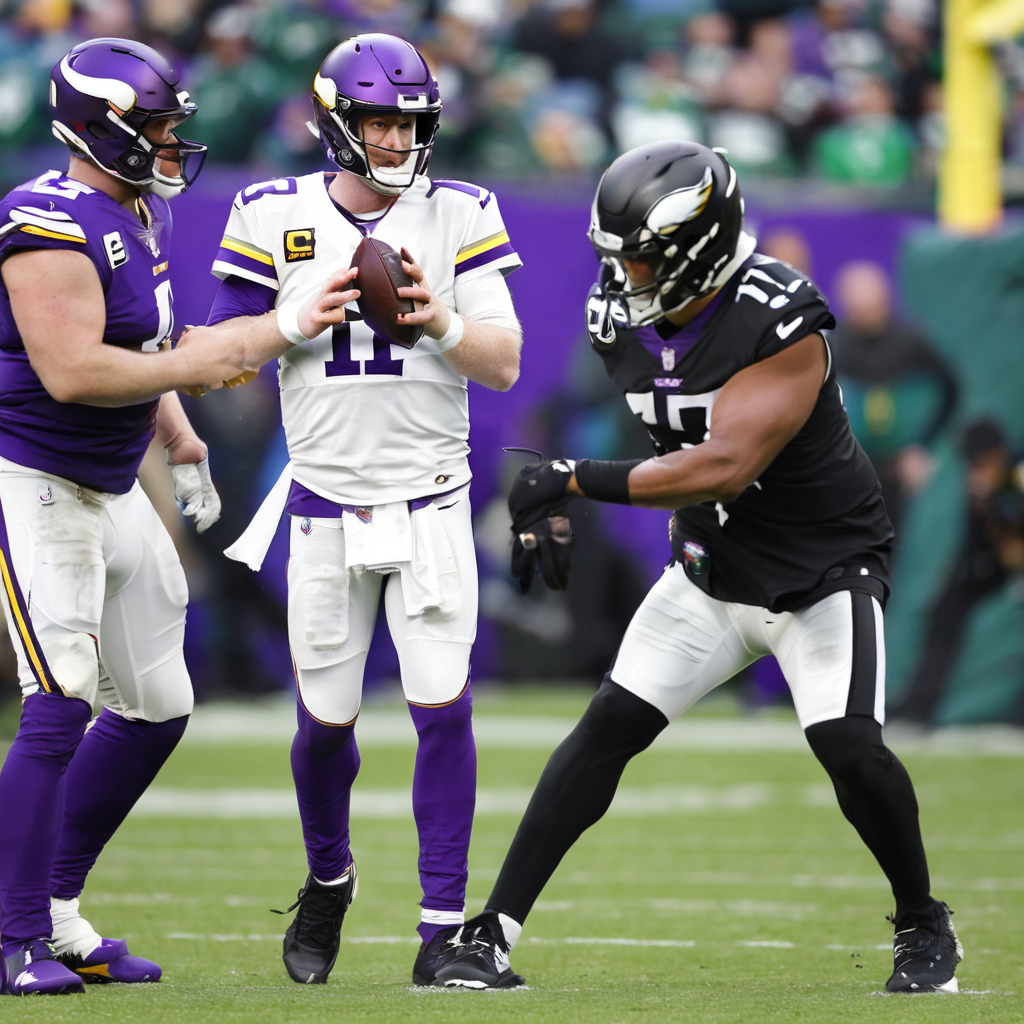Vikings’ Coaching Questioned: Why Was Carson Wentz Allowed to Play Through Obvious Injury?
body {font-family: sans-serif; line-height: 1.6;}
.article {max-width: 800px; margin: 20px auto; padding: 20px; border: 1px solid #ddd;}
h2 {color: #333;}
p {margin-bottom: 15px;}
.source {font-style: italic; font-size: 0.9em; color: #777;}
Vikings’ Coaching Questioned: Why Was Carson Wentz Allowed to Play Through Obvious Injury?
The Minnesota Vikings suffered a demoralizing 37-10 loss to the Los Angeles Chargers on Thursday night, a defeat compounded by concerns surrounding quarterback Carson Wentz’s health. Wentz, who was already dealing with a left shoulder injury heading into the game, appeared visibly in pain throughout the contest. Despite his struggles, and the mounting scoreline, Wentz remained in the game for a significant duration, prompting questions about the coaching staff’s decision-making.
Head Coach Kevin O’Connell addressed the situation after the game, offering an explanation for keeping Wentz on the field. While the exact details of his reasoning remain somewhat vague, the implication is that the coaching staff believed Wentz provided the team with the best chance to win, even in his compromised state. However, critics argue that continuing to expose an injured player to further risk, particularly in a game that was rapidly slipping away, was irresponsible and potentially detrimental to Wentz’s long-term health.
The decision to keep Wentz in the game raises several key issues. Firstly, there’s the ethical concern of player safety. When a player is clearly laboring with an injury, the coaching staff has a responsibility to protect them from further harm. Secondly, from a strategic perspective, it’s debatable whether a significantly hampered Wentz offered a greater advantage than a healthy backup quarterback. At a certain point, the potential benefits of keeping the starter in must be weighed against the risk of exacerbating the injury and further compromising the team’s chances.
The Vikings’ performance this season has been inconsistent, and this latest loss, coupled with the handling of Wentz’s injury, adds another layer of complexity to an already challenging situation. Moving forward, the coaching staff will need to carefully consider their approach to player health and safety, ensuring that decisions are made in the best interests of both the individual player and the team as a whole. The long term implications of continuing to play Wentz despite his visible injury are still unknown, but they could be significant if not handled correctly in the coming weeks.
The incident has sparked a debate among fans and analysts alike, highlighting the delicate balance between competitive drive and player well-being. Only time will tell if the decision to keep Wentz in the game will have lasting repercussions for the Vikings’ season.

